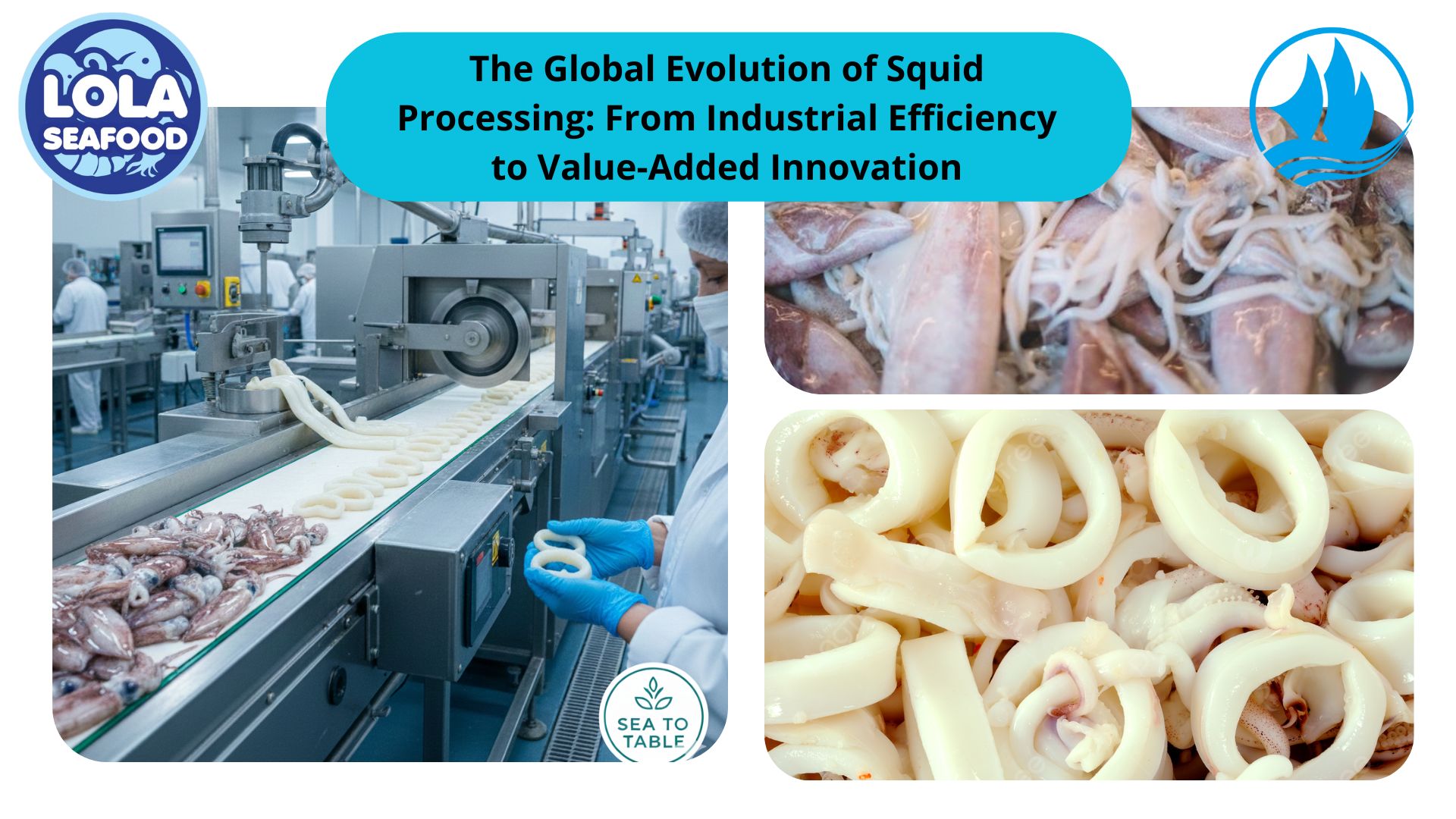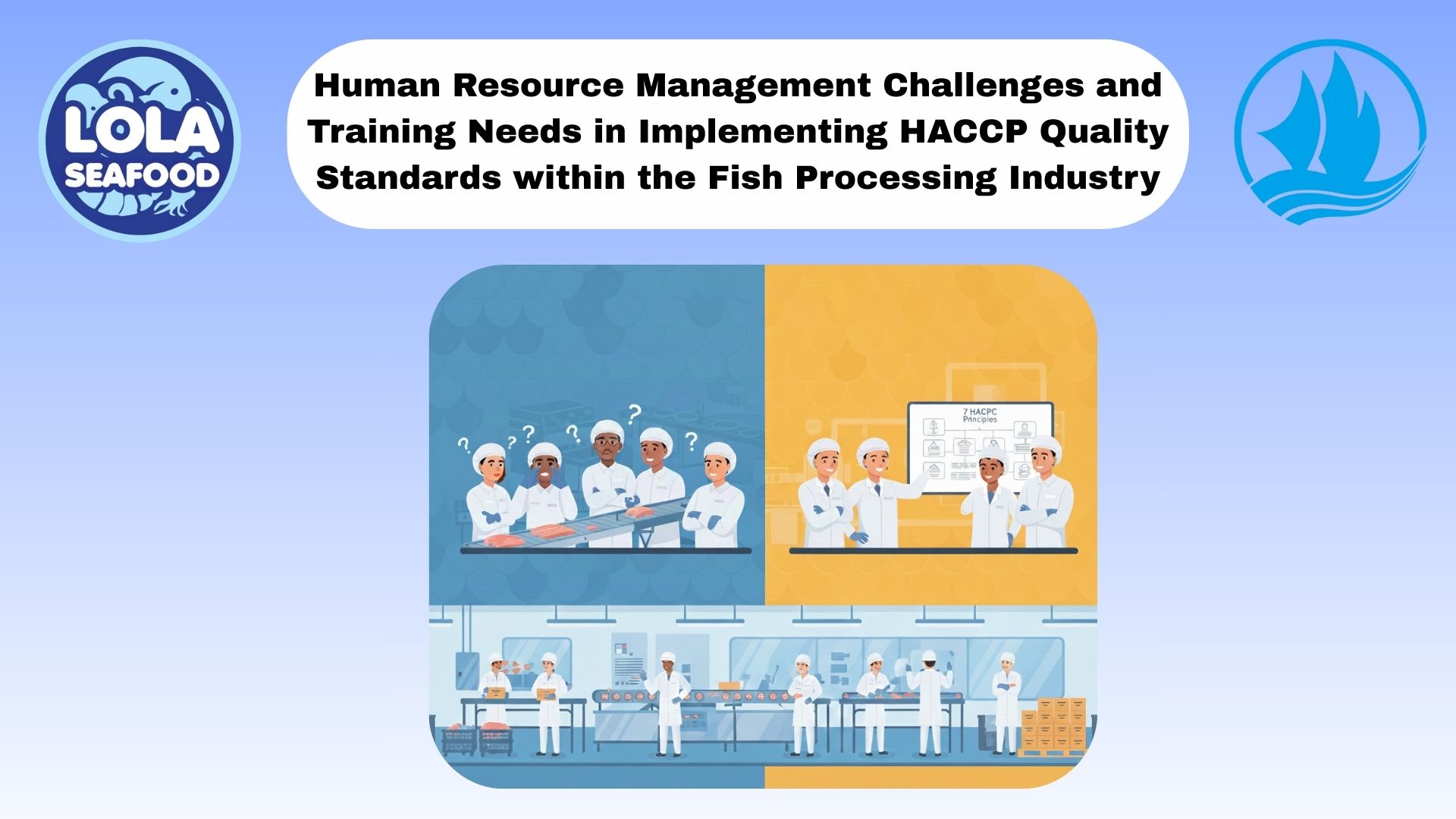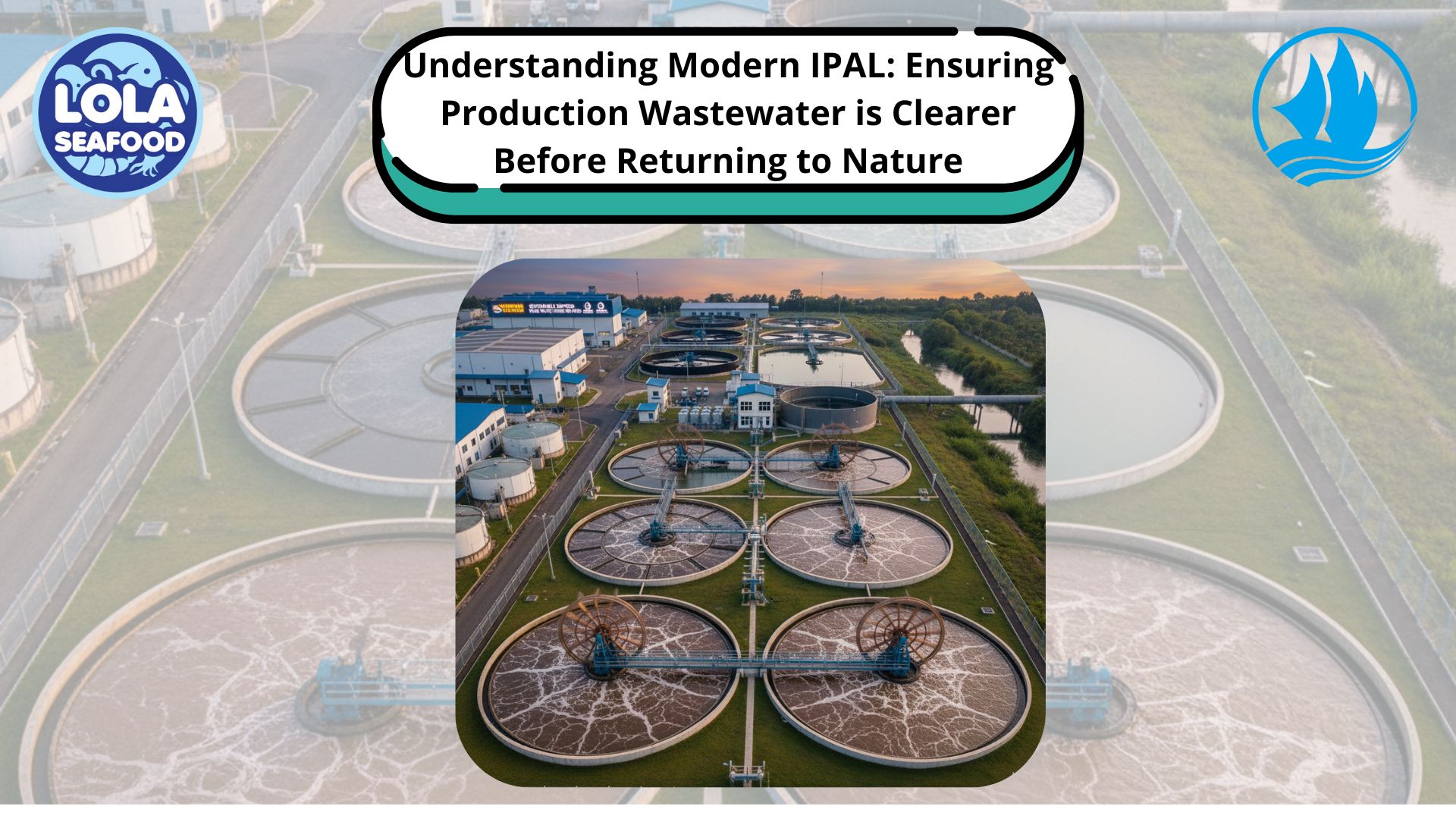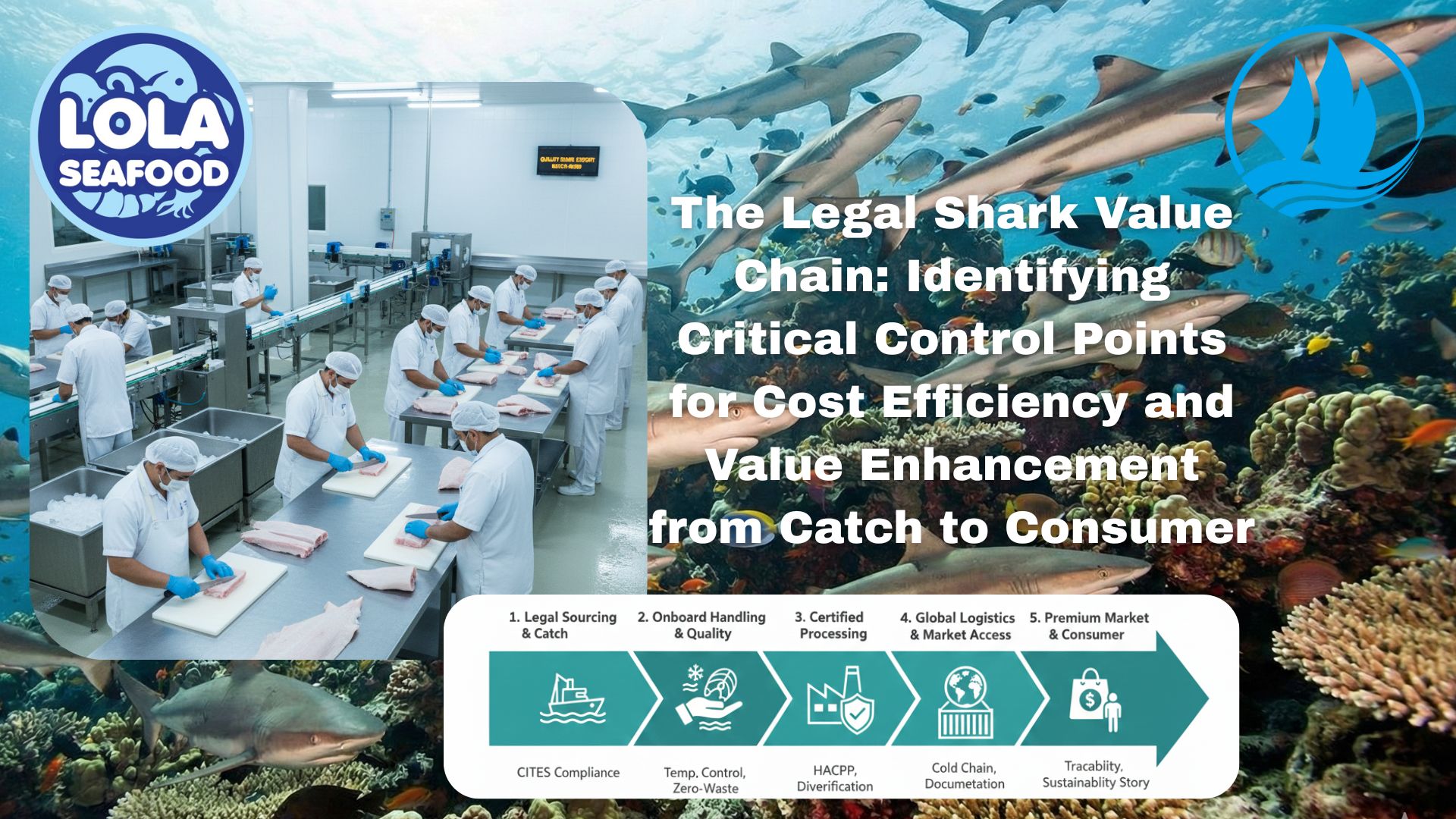9 Disadvantages of Pen Culture Systems for Aquaculture
By. Nevanda - 15 Aug 2023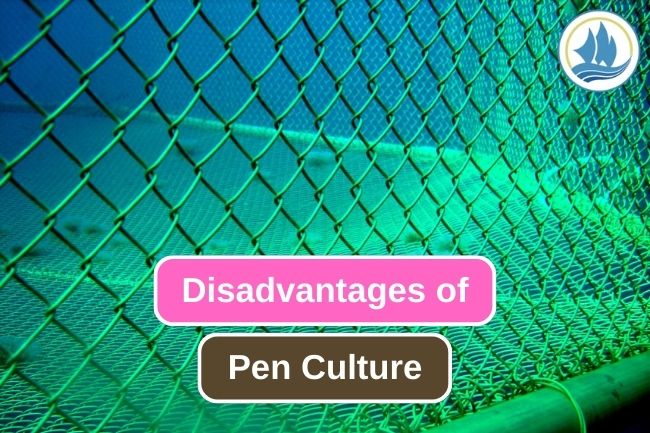
kelolalaut.com - Pen culture methods, also known as cage or net-pen culture, are a type of fish farming technique where fish are raised in cages or net pens placed in natural water bodies like lakes, rivers, or coastal areas. While pen culture methods offer certain advantages, they also come with several disadvantages. Here are some of the disadvantages associated with pen culture methods in fish farming:
1. Environmental Impact
Pen culture can lead to negative environmental impacts such as pollution of water bodies due to uneaten feed, fish waste, and excess nutrients. This can contribute to water quality degradation, algal blooms, and harm to other aquatic life.
2. Disease Spread
High fish densities in net pens can facilitate the spread of diseases among fish populations. Diseases can be difficult to manage in such confined spaces, and once a disease outbreak occurs, it can quickly devastate the entire population.
3. Escapes
There is a risk of fish escaping from the net pens into the wild, potentially leading to competition with native fish species, genetic mixing, and disruption of natural ecosystems. Escaped farmed fish might also introduce diseases to wild populations.
Read also: The 7 Best Benefits of Eating Black Pomfret
4. Feed Conversion Efficiency
Pen-cultured fish often require more feed to produce a unit of body mass compared to other farming methods like pond culture or land-based recirculating systems. This can strain the availability of fish feed resources and exacerbate environmental impacts.
5. Regulatory Challenges
Monitoring and regulating pen culture operations can be challenging, especially in open water environments. Enforcement of environmental regulations, water quality standards, and fish health management can be inconsistent.
6. Seasonal and Weather Dependence
Pen culture methods are often affected by weather conditions and seasonal changes. Extreme weather events, storms, and temperature fluctuations can lead to fish stress, mortality, and damage to the pens.
Read also: Perfect Fish Dumplings Recipe to Try
7. Conflicts with Other Water Uses
The placement of net pens in shared water bodies can lead to conflicts with other water uses, such as recreation, tourism, and traditional fishing. There might be concerns about visual pollution and disruption of local activities.
8. Economic Vulnerability
Pen culture operations can be susceptible to economic fluctuations, such as changes in market prices for farmed fish and variations in input costs like feed and equipment. Disease outbreaks can also lead to financial losses.
9. Lack of Natural Behavior
Fish raised in net pens might experience limited space to exhibit natural behaviors like swimming long distances and foraging. This can lead to stress, reduced growth rates, and potential welfare issues.
To mitigate these disadvantages, responsible and sustainable management practices, as well as advancements in technology, are essential. Regulators, fish farmers, and researchers are continually working to address these challenges and develop more environmentally friendly and efficient methods for fish farming.
Read also: How to Make Nigirizushi in Your Kitchen
.jpg)
The Impact of HACCP-Based Integrated Quality Management Programs on the Quality and Competitiveness of Fresh Demersal Fish Products
 and Employee Productivity on the Demersal Fish Processing Floor.jpg)
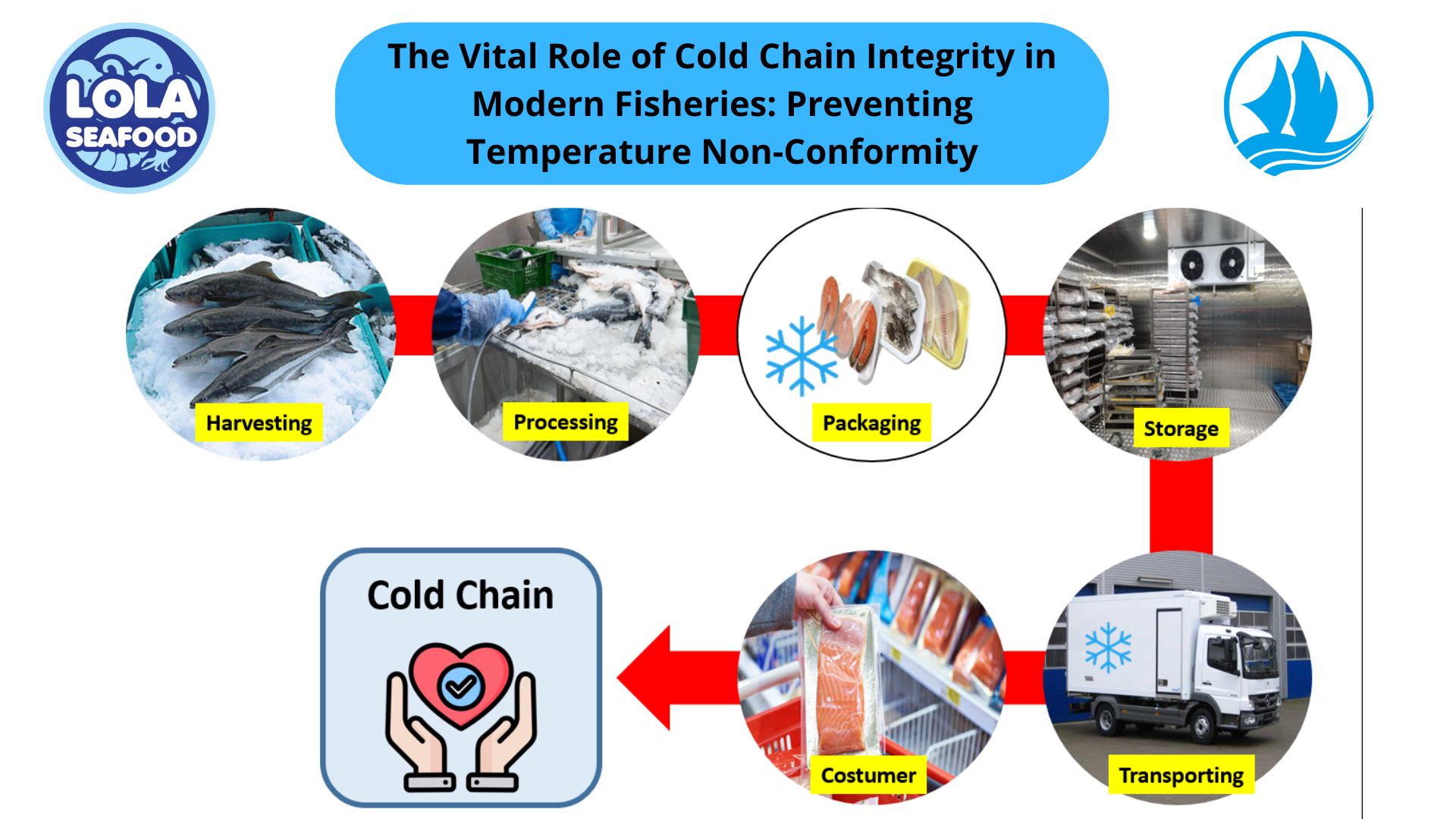
.jpg)
